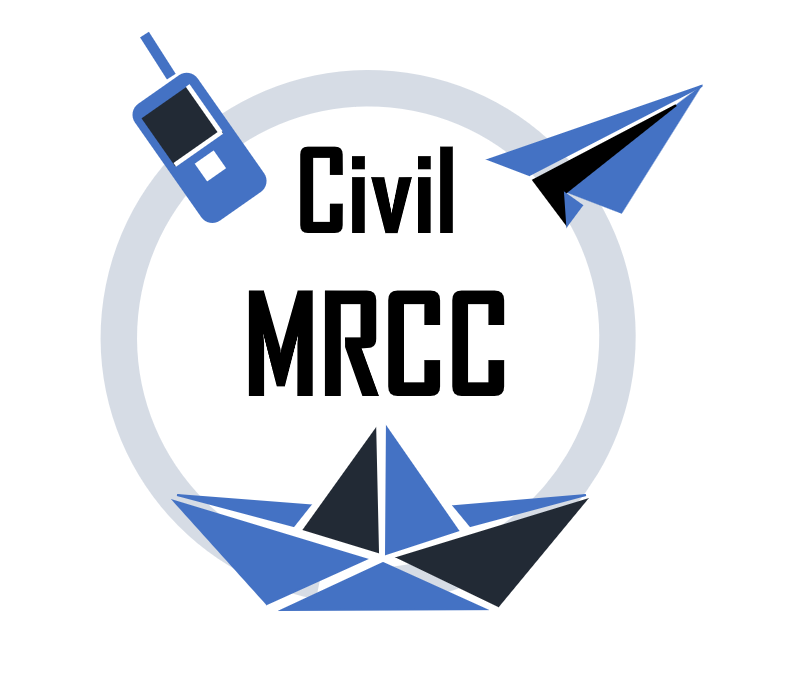In recent years, the Atlantic Ocean has seen an increase of precarious migration, with more and more boats leaving from Senegal, Mauritania, and Morocco toward Spain’s Canary Islands. Also estimates of migrant deaths have risen, reaching unprecedented levels. With states failing to systematically document migrant deaths, international and non-governmental organisations have tried to fill this knowledge gap. Their figures, however, often diverge sharply, producing conflicting realities of loss at sea and raising pressing questions about how these numbers are produced and what they mean for activist and humanitarian responses.
Documenting the scale of dying and disappearing at sea is a tremendously complex task, given that many boats disappear without ever being found in what are called ‘invisible shipwrecks’. Reconstructing these journeys involves piecing together fragments of information from relatives of the disappeared, media sources, activist networks, local witnesses, or government agencies. Those seeking to count the missing must corroborate various, at times conflicting, accounts of boats that departed but never arrived, often arriving at very different estimates.
The International Organization for Migration (IOM) recorded an increase in deaths, reaching 1,142 in 2024, their highest figure to date. Caminando Fronteras, a Spanish NGO, reports far higher numbers: a staggering 9,757 deaths in 2024. The gap between their estimates – 8,615 lives – may to some extent reflect different methodologies. IOM relies mainly on media sources while Caminando Fronteras gathers testimonies from survivors, relatives, and communities of origin and transit. Caminando Fronteras’ 2024 report made headlines internationally. It was also cited by the president of the Canary Islands in a letter to the European Commission, calling for greater attention to the Atlantic route and increased Frontex involvement.
The Spanish NGO’s data also triggered a heightened sense of urgency among non-governmental rescue groups. The Humanitarian Pilots Initiative (HPI), which has carried out monitoring flights in the central Mediterranean in cooperation with Sea-Watch, is now launching an exploratory mission along the Atlantic route to search for migrant boats. As HPI’s Ruben Neugebauer told us, the discrepancies in migrant death data pose an operational challenge: given the vast distances of the Atlantic route, with boats taking up to ten days to reach the Canaries, where should rescue or monitoring assets be placed and which maritime regions prioritised?

Copyright Karolina Sobel – Sea-Watch
Existing data practices offer little help. While IOM’s Missing Migrants Project records every presumed shipwreck in its public database, the locations of shipwrecks provided on its maps are often little more than rough estimates, as the project acknowledges. Caminando Fronteras, meanwhile, roughly identifies maritime regions where it suggests that most shipwrecks have happened, but it does not share more detailed information on its data practices and methodologies, hampering attempts to better understand or corroborate its findings.
How, then, should we deal with these discrepancies in data? We need to acknowledge that data and statistics are not innocent. Though often presented as objective, they do not simply describe a singular reality ‘out there’. They can produce multiple, and conflicting, realities. Data shape which borders are seen as deadly and which spaces become sites of urgent intervention. Ultimately, it is also a question of responsibility.
If data is never innocent, what responsibility comes with the production of statistics on migrant deaths and everything they set into motion?
Maurice Stierl and Marta Sánchez Dionis
Full article – Border Criminologies, 7 April 2025:



